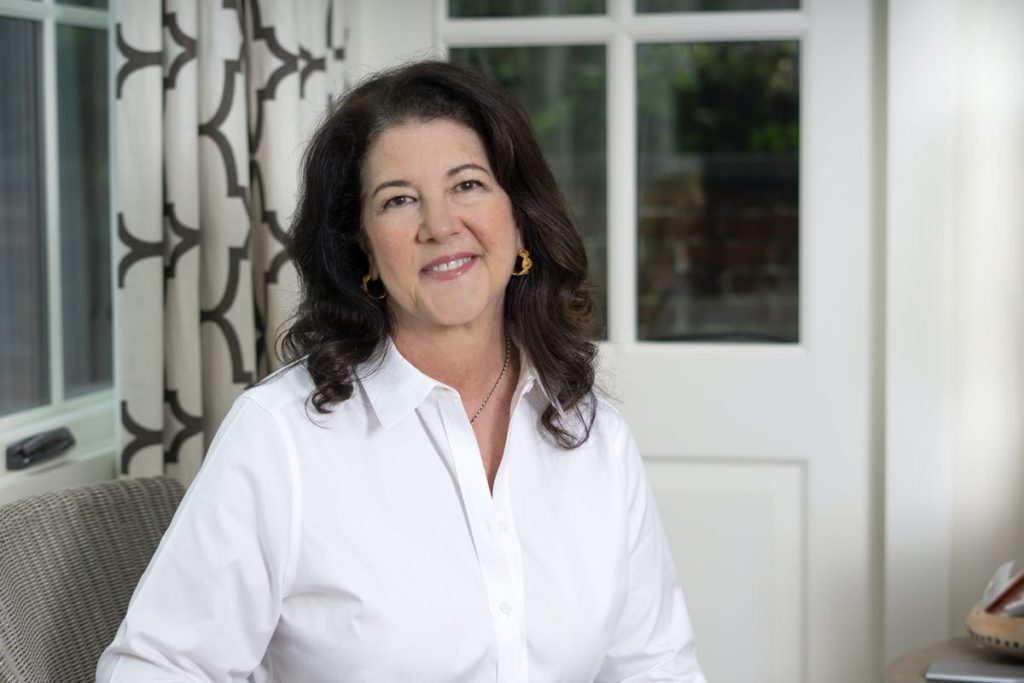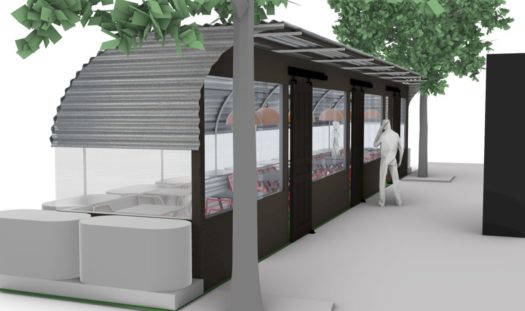
Shortened hours and short-staffed shifts. No lunch service. Winter slush and snow. Ever-changing city guidelines. A persisting global pandemic.
These are just some of the challenges faced by hundreds of thousands of restaurants across the country. From California to New York, restaurateurs have watched their businesses wildly fluctuate as former customers have switched to working remotely and Omicron swept through, causing renewed concern in December and January.
“We just don’t need any more interruptions,” said Tracy Vaught, who owns five restaurants in Houston. Aside from new variants, “[bad] weather or construction around your business or a terrible economy, all those things affect our business. So if we could just have a clear path with no events, we’d be okay.”
Vaught opened her fifth restaurant, Urbe, last August — exactly a year after the former geologist was inducted into the Texas Restaurant Association’s Hall of Honor. She had already signed the lease before the pandemic, but it has been difficult to find staff. “We hired everybody who walked in the door,” she said. “We figured out something for them to do and some way to train them.”
While cities like Houston have no mask mandates and warm weather and more sidewalk space for outdoor dining, San Francisco has some of the most stringent mask and vaccine mandates in the country — which can also adversely affect business, according to Laurie Thomas.
The owner of Nice Ventures, which operates two restaurants in the Bay Area, Thomas has been trying to leverage her position as executive director of the Golden Gate Restaurant Association to influence dining policy moving forward.
“We have some of the toughest restrictions,” Thomas said of the city’s rules to show proof of vaccination to dine inside. “Indoor masking and [showing vaccine cards to dine indoors] puts the city economically at a disadvantage, because people from other parts of the country might be like, ‘Well, I’m not going to go there.’ We want to try to move back towards normal.”
But what exactly is “normal”? That’s a still-evolving question for the restaurant and hospitality industry.
Thomas called San Francisco’s outdoor dining program a “lifeline” for restaurants, which have been able to make use of private property — including backyards, vacant lots, parking lots and patios. She is trying to help shape how the Shared Spaces program will grow since it has been made permanent.
“Outdoor dining is still where people want to go,” she said. “Restaurants and cafes and bars that can take advantage of having outdoor space have done better than ones that couldn’t.”
While San Francisco is navigating sharing space with fellow businesses and pedestrians, nowhere has the shifting landscape of dining been more visible or charged than in New York City. The metropolis has become home to pods, sheds, cabanas and all variety of box-like structures to accommodate diners and allow restaurants another stream of income.
“Though [outdoor dining] is not perfect and it’s not welcome everywhere, it is one of the most visible signs of difference throughout the city in terms of before and after the pandemic,” said Jessica Morris, who chairs an urban design committee that is currently screening applications for innovative outdoor dining designs in New York.
In recent months, simmering tensions between restaurant owners and residents have boiled over. Residents are concerned about safety, sanitation issues and loud noise, among other issues.
“I see a lot of garbage, a lot of difficulty as a pedestrian getting down the street,” said Cheri Leone, a member of Cue Up, a network of neighborhood groups that argue the program is being pushed through without any feedback from the community.
Between the alfresco late-night partying and live street performers, “it’s created a San Gennaro festival that comes once a year pretty much every day,” she added, referencing a popular Italian street festival celebrated every September.
Restaurants in New York are allowed to keep their current structures in place until November, when city officials will come up with new guidelines for the permanent Open Restaurants program.
Annie Shi, co-owner of King in the West Village in Manhattan, echoed other restaurateurs when she said it’s difficult to make changes when she has already sunk thousands of dollars into her new outdoor structure, which allows her to serve an extra 25 tables and is enclosed but has windows that can be opened during warmer weather.
“Our team has to take food out in the rain and snow, so it’s definitely a lifeline,” she said. “But we have to work very hard to keep the service standards we want all our guests to experience.”
She added that she is trying to respond to concerns. “We have tried to work hard with our neighbors,” she said, adding that she asked her trash company to keep garbage in enclosed containers rather than in large plastic bags to help reduce the city’s out-of-control rat problem.
Yvette Leeper-Bueno, owner of Vinatería in Harlem, said it’s all about “finding safe and creative ways of … trying to create a state of normalcy.”

Leeper-Bueno, whose upscale eatery sits on a prime corner spot, has decided to hire a Brooklyn-based design collective called Salty Labs to come up with a sleek structure made out of sustainable materials for her new outdoor space.
“I wouldn’t be building in subzero weather if I wasn’t optimistic,” said Leeper-Bueno.
Out of all the headaches and changes wrought by the pandemic, all of the women agreed there are still some bright spots. For Vaught, she is excited to bring her daughter into the family business that she runs with her chef husband.
“I’m hopeful for the future,” said Vaught.




